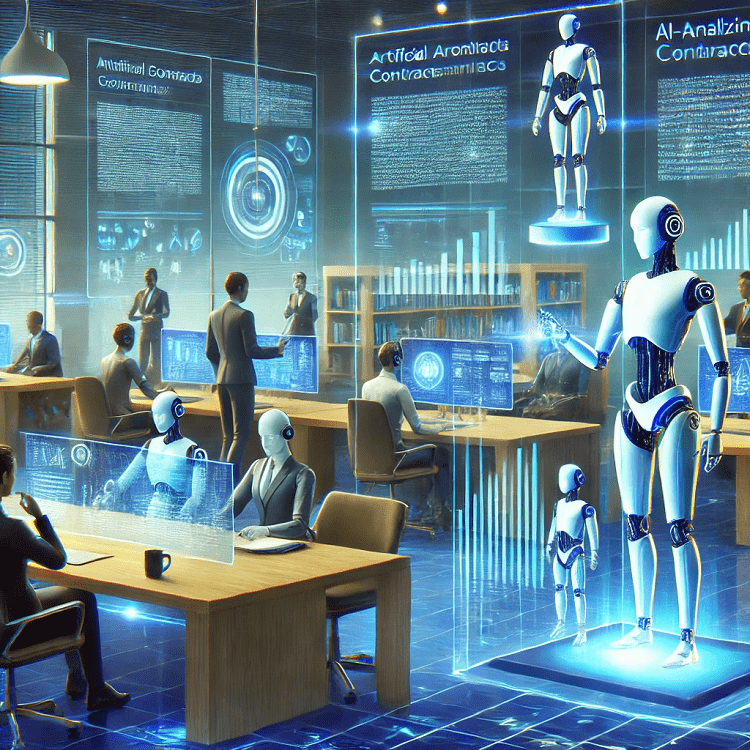The Energy Demands of AI and the Future of Data Centers
Artificial intelligence and cloud computing are reshaping our world, but they come with an unforeseen challenge: the insatiable need for power. As AI drives innovation, data centers are growing larger and more energy-intensive than ever before, with some facilities on track to consume more electricity than entire cities or even U.S. states. These modern tech hubs are at the forefront of a global energy revolution, and the story of their rise is both awe-inspiring and cautionary.

Powering the AI Boom
Over the past decade, data centers have transformed from behind-the-scenes infrastructure into critical pillars of our daily lives. They power everything from the apps on our phones to the complex algorithms shaping industries. However, the introduction of AI has turbocharged their growth. Now, data centers capable of demanding a gigawatt of power—enough to power 700,000 homes—are becoming a necessity.
Companies like Amazon, Google, and Microsoft are racing to build sprawling campuses that will keep them ahead in the AI arms race. These campuses are so massive that they’re pushing existing power grids to their limits. According to Ali Fenn, president of Lancium, this is no longer just about business; it’s about national and economic security.
The Struggle for Land and Power
Building these enormous facilities is no small feat. Finding industrially zoned land with access to reliable power is becoming increasingly difficult. Developers like Tract are acquiring thousands of acres across the U.S., including significant holdings in Arizona and Nevada, to meet the growing demand. For instance, Tract’s 2,100-acre development in Buckeye, Arizona, aims to house up to 40 individual data centers, requiring up to 1.8 gigawatts of power.
The scale of these facilities is staggering. A single data center campus could use more power than the entire state of Vermont. And as facilities grow, so do the challenges of integrating them into local communities without straining resources or driving up residential energy costs. Developers are tasked with ensuring these projects become assets to the grid rather than liabilities.
Renewable Energy: A Partial Solution
Tech companies have made strides in adopting renewable energy, becoming some of the largest purchasers of wind and solar power. However, renewables alone can’t meet the constant, enormous demands of AI-powered data centers. Solar and wind depend on weather conditions, making them unreliable for facilities that require near-perfect uptime. As a result, many companies are turning to nuclear power and natural gas to bridge the gap.
For example, Microsoft is investing in restarting the Three Mile Island nuclear plant, while Amazon and Google are exploring small modular reactors. Yet, building new nuclear plants is a long, expensive process, leaving natural gas as the primary short-term solution. Developers hope to incorporate technologies like carbon capture and battery storage to mitigate environmental impacts, but these are still years away from widespread implementation.
A Global Challenge
The stakes are high. The energy demands of AI threaten to disrupt progress on carbon emissions targets. “We need a lot more power,” says David Cote of Vertiv, a company that designs critical infrastructure for data centers. And while the industry hopes this is a short-term side step, the reliance on natural gas underscores the urgency of finding long-term, sustainable solutions.
The Future of Data Centers
As we march toward an AI-driven future, the story of data centers is one of both opportunity and responsibility. They are the engines of innovation, but their energy footprint is a stark reminder of the cost of progress. Balancing the needs of technology, the environment, and local communities will define the next chapter in this unfolding story. For now, developers, tech companies, and policymakers must work together to ensure that the digital revolution doesn’t come at the expense of our planet.


